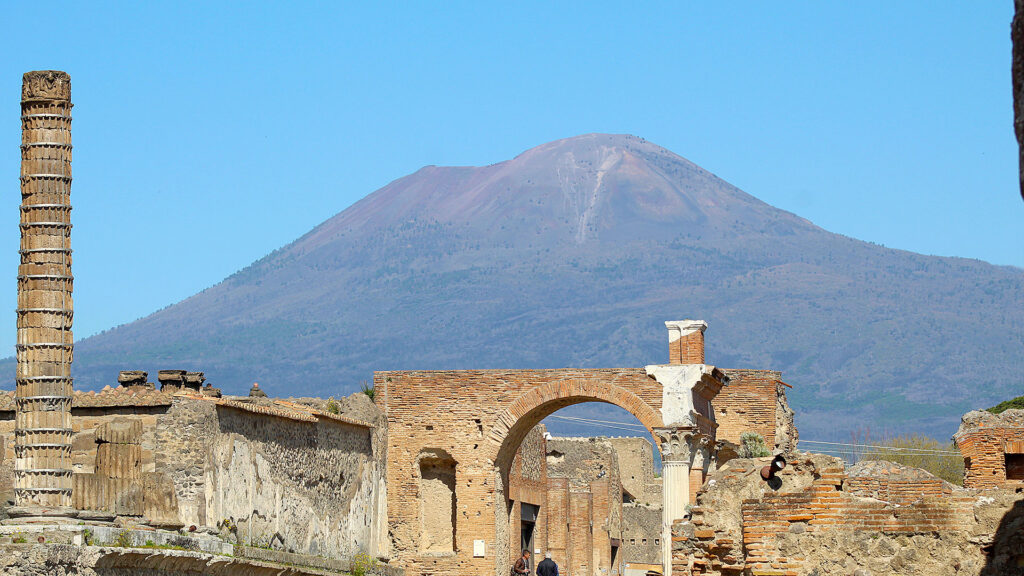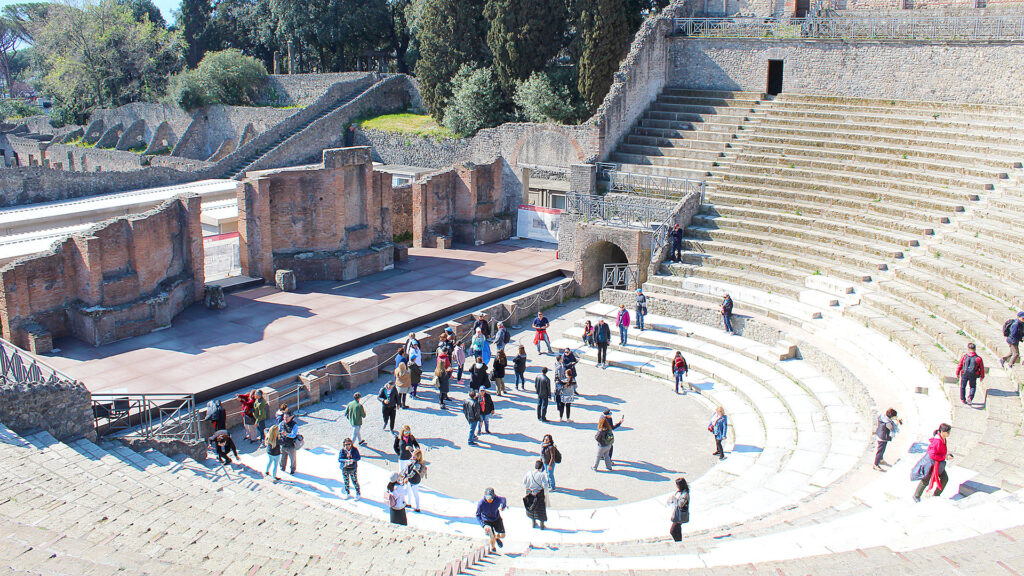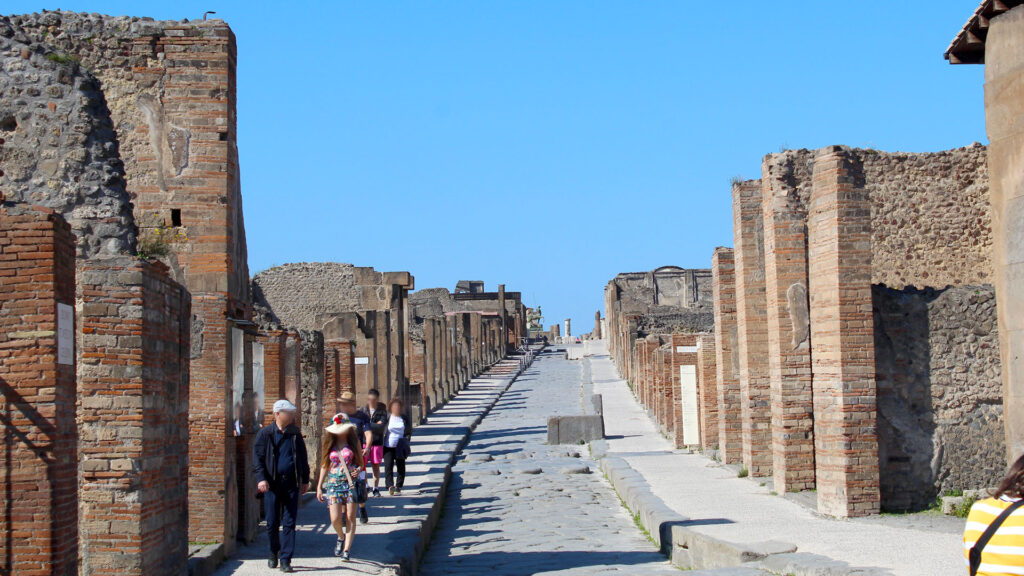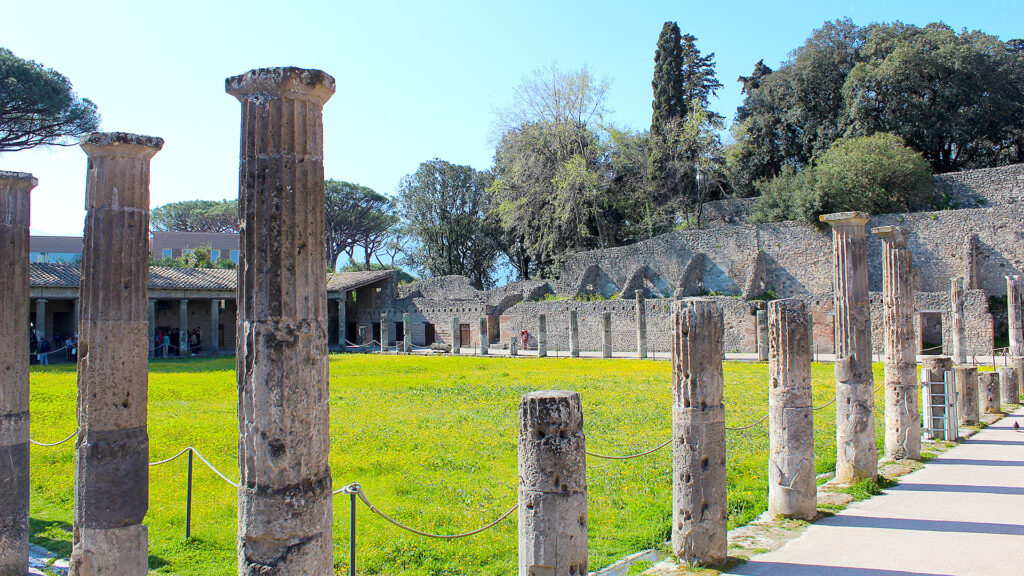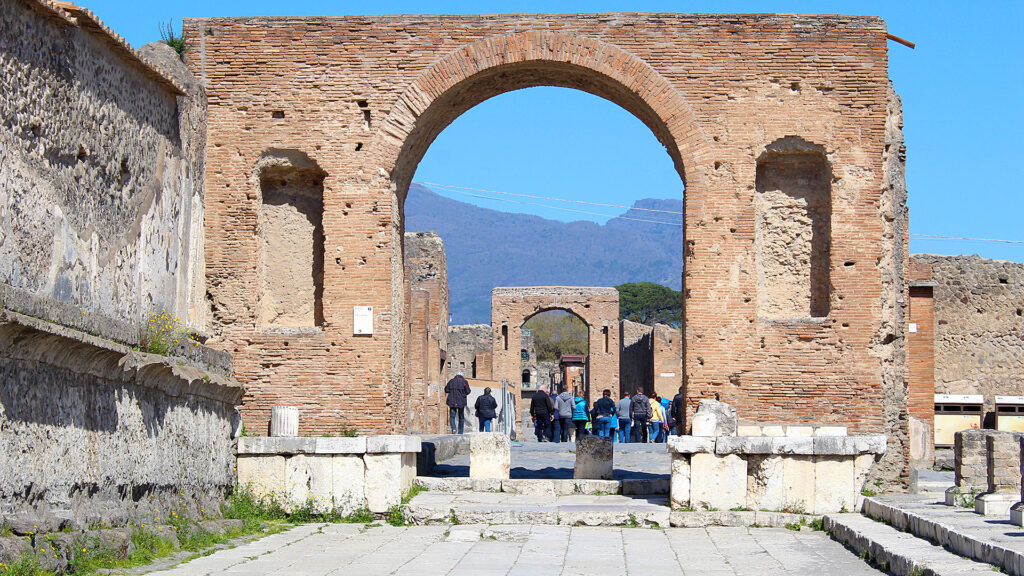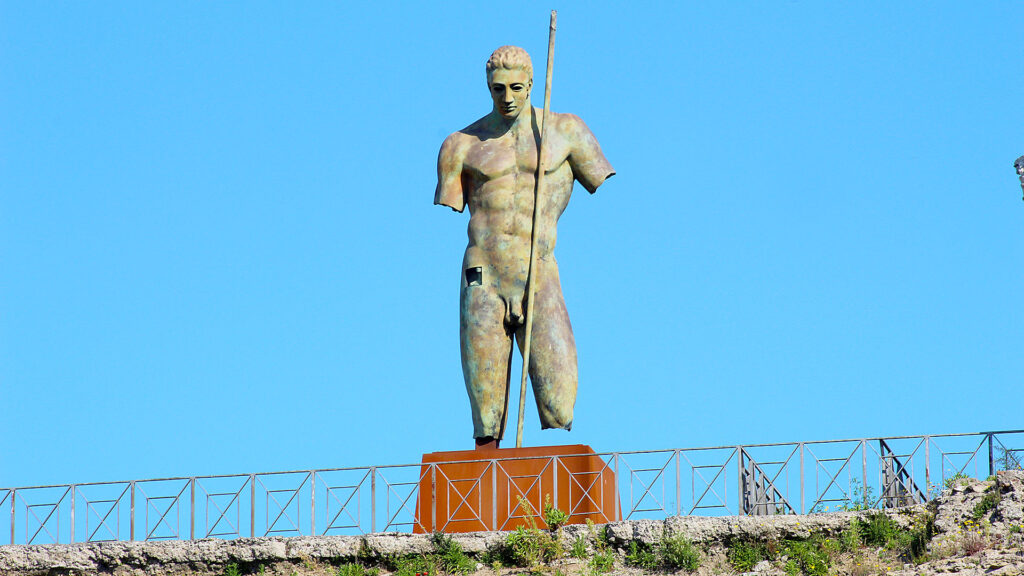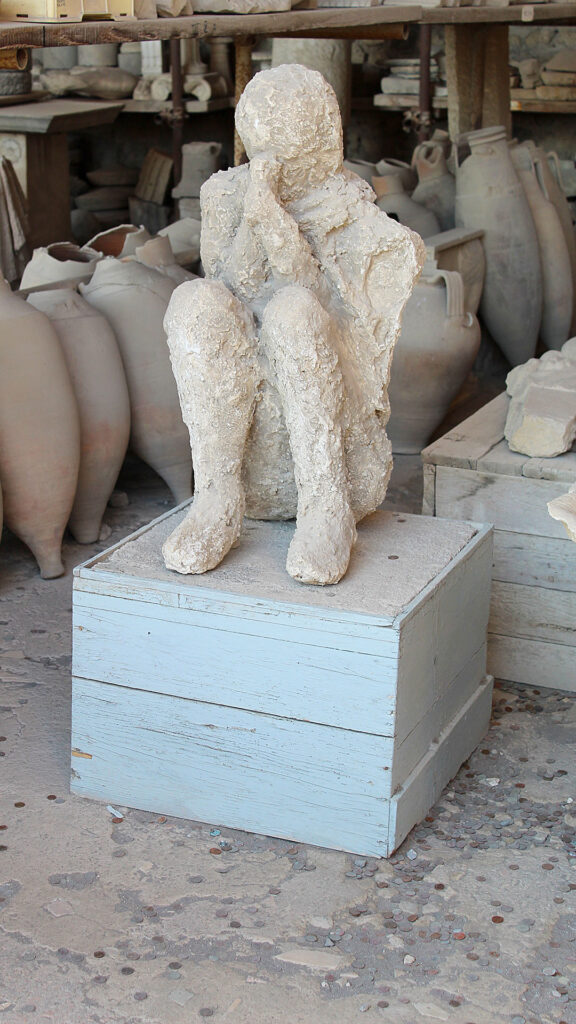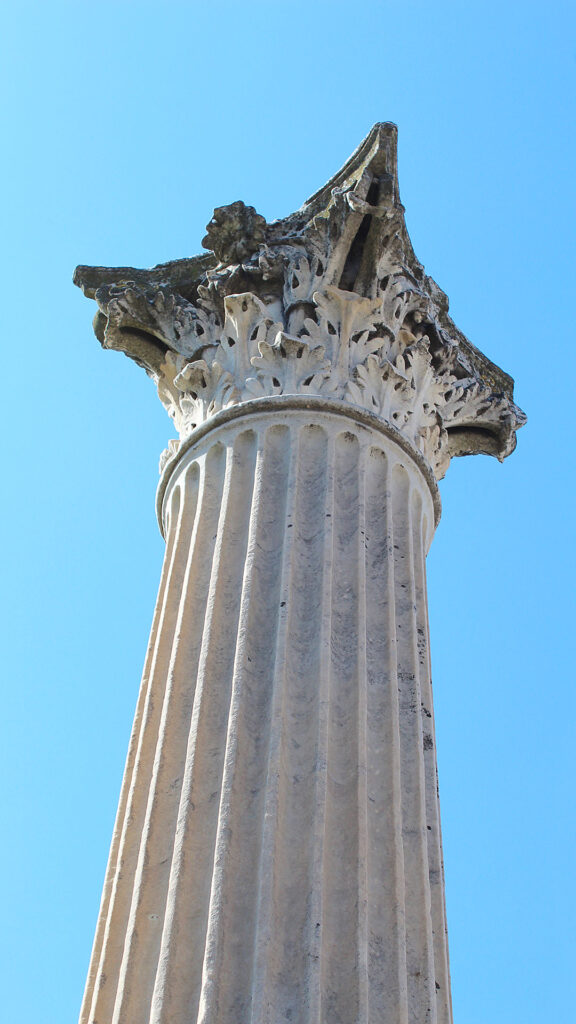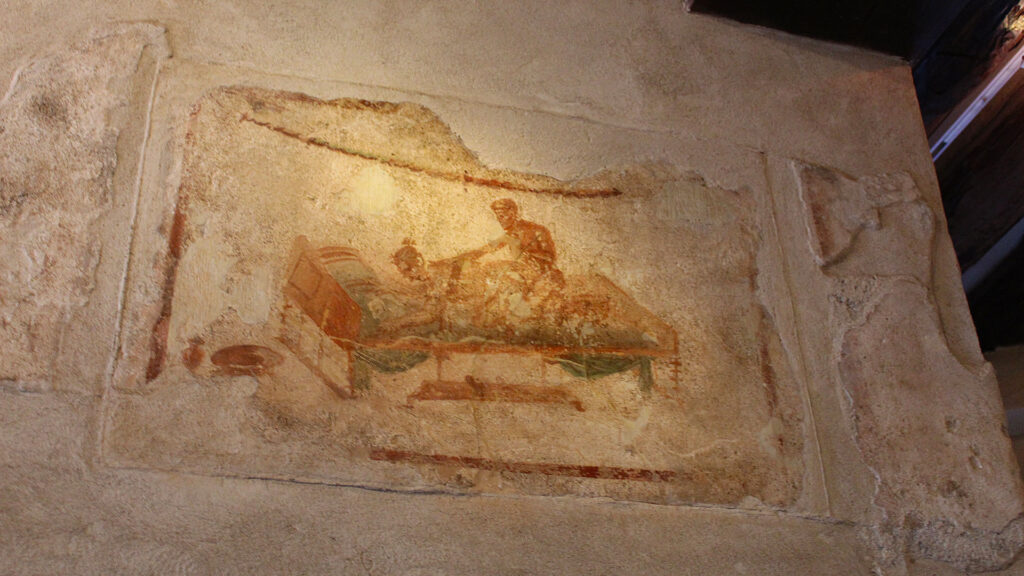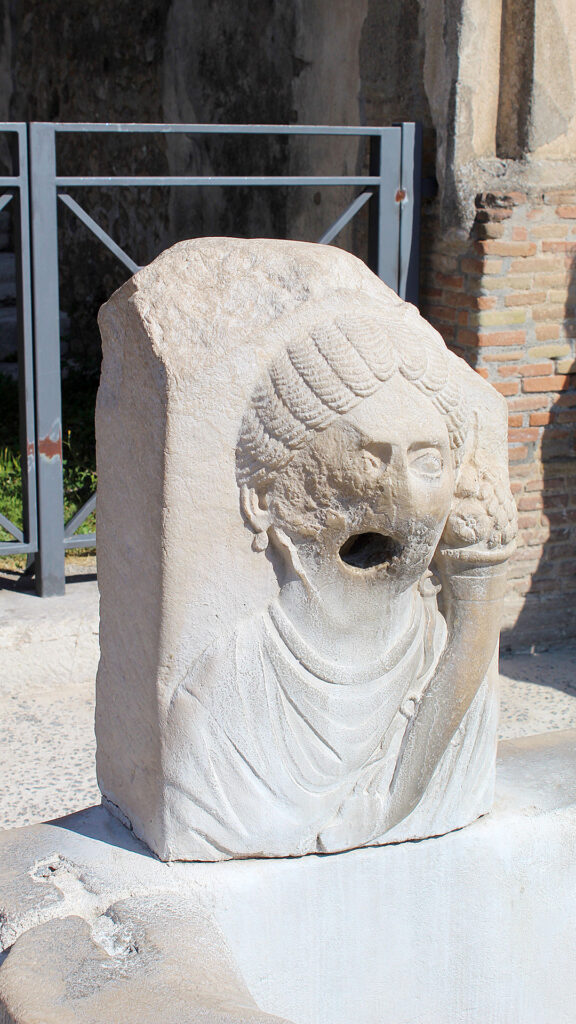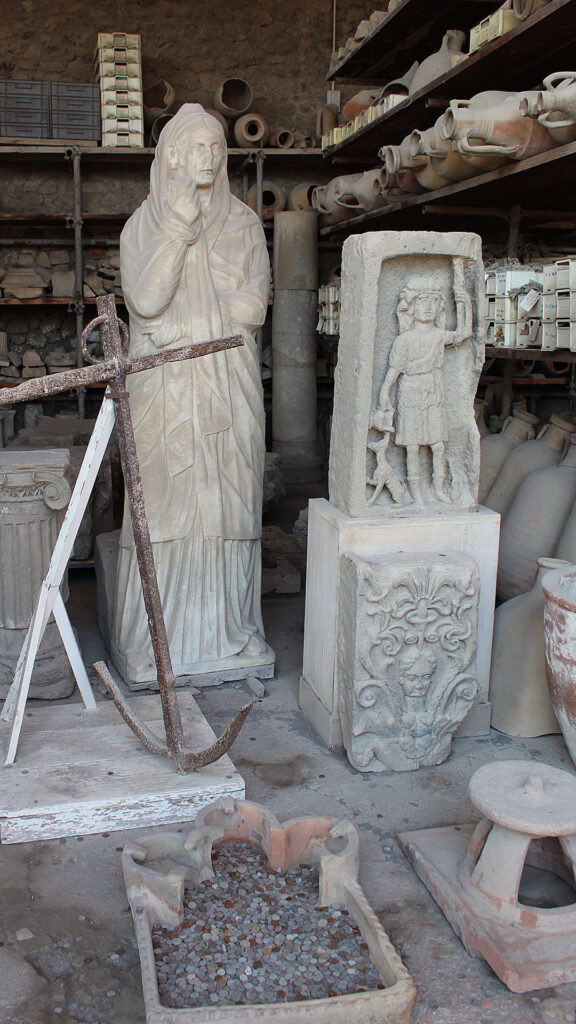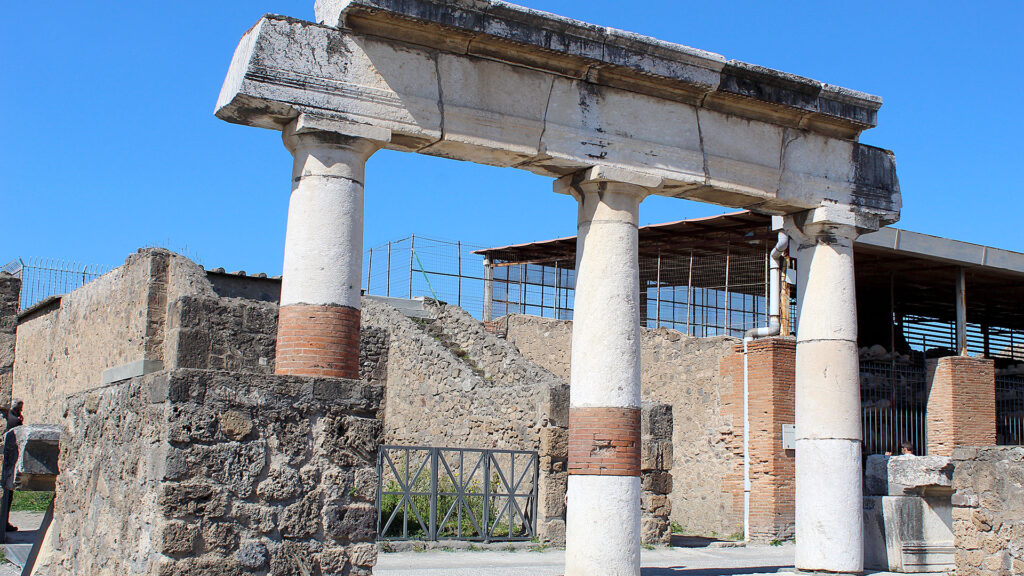What suggestion can we offer for those visiting Pompeii, the legendary city consumed by a volcanic eruption? Avoid enduring a supposed curse for taking home some unauthorized mementos. An anonymous Canadian traveler alluded to that specific supernatural possibility when she returned certain antiques she stole from Pompeii by mail, according to a report in the Italian newspaper Il Messagero.
The Pompeii Curse

The parcel was sent to an Italian travel agency, which turned it over to the local police. Inside were some mosaic tiles, chunks of mosaic tiles, two pieces of amphora vases, and marble fragments from the excavation, along with a confession letter. The text details how the Canadian, then 21 years old, took “some pieces” when she visited Pompeii in 2005. “I was young and dumb. I wanted to have a piece of history that couldn’t be bought”.
In her words, the Canadian took “a piece of history” full of “negative energy” from a place where “people died in such a horrible way.” Like a horror movie victim, her greed allegedly doomed her for a decade and a half. In the years following her “Italian job” she was allegedly diagnosed with breast cancer on two different occasions and underwent a double mastectomy. Furthermore, both she and those close to her apparently went through economic troubles. “Since then, bad luck has played with me and my family.”
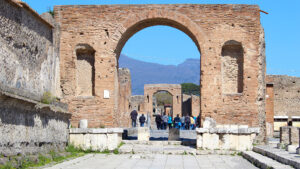
As a penance and to prevent the “curse” from passing to their loved ones, “I am asking the gods for forgiveness,” said the tourist in her letter. Nice choice of words, we think. Historically Pompeii was a Greek city before the Romans, while Italy is predominantly Roman Catholic. Therefore, our protagonist cannot know for certain which or how many deities she offended.
“Accept these artifacts so that they do right for the mistake I made,” pleads the Canadian. “I am very sorry, one day I will return to your beautiful country to apologize in person.” We admire her optimism.
Pompeii, Ruins of Legend and Tragedy
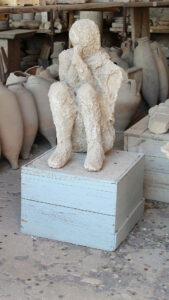
Located in Naples, Italy, Pompeii Archaeological Park houses the recovered ruins of that ancient Roman city near Mount Vesuvius, an active volcano. Pompeii was buried under ash during an eruption of Vesuvius around 79 CE.
The pyroclastic flow cloud generated by the eruption spread through the city as it drowned and scorched its inhabitants. The materials expelled by the volcano formed a type of mold that preserved the city ruins on site, as well as the shape of the corpses buried by the natural disaster.
Today tourists can visit Pompeii Archaeological Park. There they can walk the alleys of the ancient city, observe its ruins, and appreciate its recovered relics and artifacts.
Not everything in Pompeii dates from Roman times. One of its main attractions are the full-size body casts of the townspeople preserved by the ash. Unlike mummified remains, these replicas were created by pouring white plaster into the empty cavities left over by their decayed bodies. There are also two bronze statues in the enclosure, “Daedalus” and “Centaur”, both by the late sculptor Igor Mitoraj and donated to the Archaeological Park after an artist exhibition hosted in the premises.
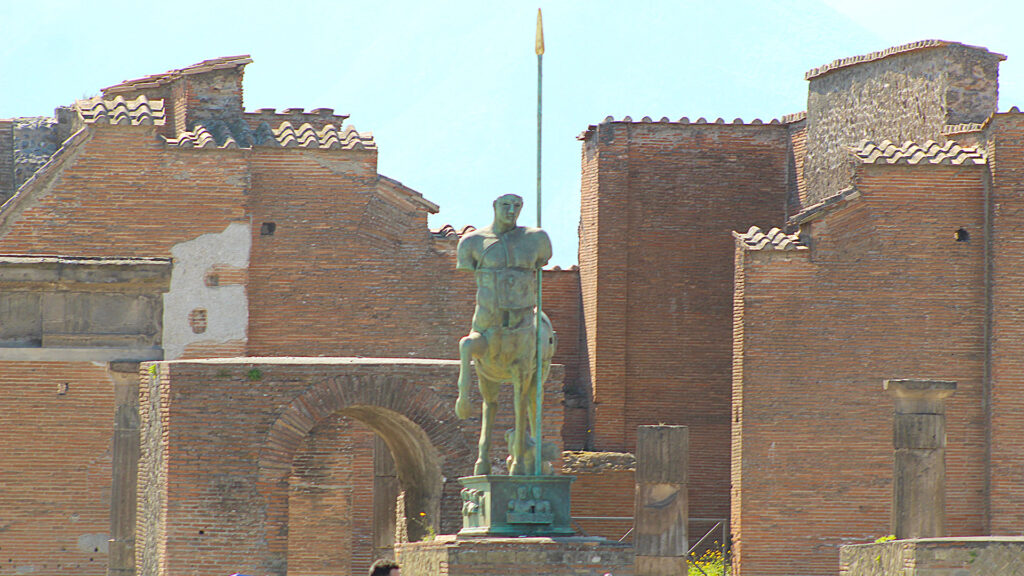
Superstition and Common Sense
This isn’t the first time something like this has happened, it seems. According to a spokeswoman for the Archaeological Park who spoke to CNN, hundreds of Pompeii visitors have removed materials and artifacts from the site, only to return them with an apology and accounts of “bad luck.”
So this story may be nothing more than a promotional stunt. If true, though, we share it as an excuse to describe the wonders we discovered in our visit to Pompeii, not to ridicule the narrator and her suffering. Still, cancer development and severity depends on many factors, some hereditary. Likewise, every country has gone through some sort of financial crisis during the last fifteen years. Therefore, we will never know for sure whether a 36-year-old actually endured “biblical plagues” due to an harmless theft she pulled when she was 21.
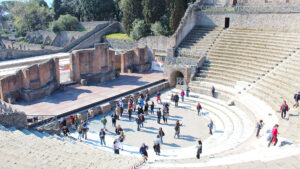
Now then, this story does serve to remind us of the importance of practicing responsible tourism. Removing relics from a historical site like Pompeii, even for innocent reasons, is just as bad as causing physical damage to the place, maybe worse in some cases. A small selfish act that robs future travelers of having the same experience one enjoyed when visiting a renowned monument or location. It’s difficult enough to deal with the accidental destruction of priceless monuments such as the fire that consumed Notre-Dame Cathedral in Paris.
Let’s remember that tourism is for everyone and we all deserve the same positive experience when we manage to travel to our dream destination. We must promise ourselves to enjoy each tourist visit to the fullest, while helping to preserve our wonders and our heritage. And above all else, only pick up travel souvenirs from the gift shop.
Plan your trip to Pompeii and buy your tickets at the archaeological park’s official site.
Gallery
